The Sydney Opera House is one of the most iconic buildings in the world. Its design and construction are filled with fascinating stories. From its bold architectural vision to the challenges faced during its creation, every detail is remarkable. These tidbits offer a glimpse into what makes this landmark truly unique.
Jørn Utzon’s Winning Design
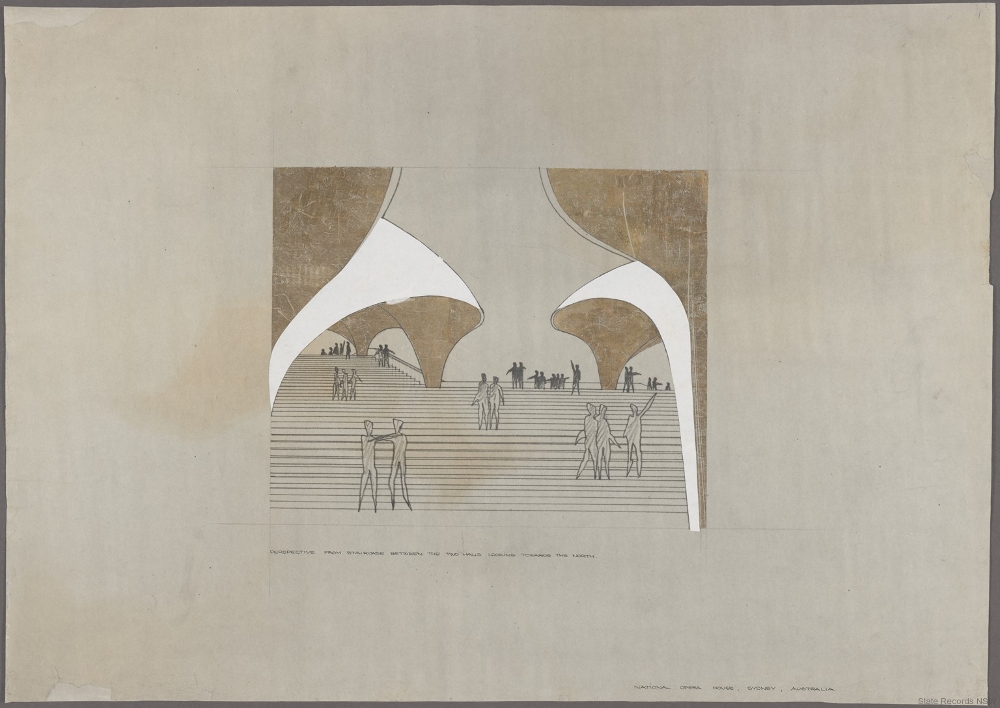
Jørn Utzon, a Danish architect, won the international competition to design the Sydney Opera House in 1957. His design was chosen out of 233 entries, despite initially being discarded by the selection committee. Utzon’s vision of interlocking concrete shells was inspired by nature, particularly by the image of a peeled orange. The innovative design pushed the boundaries of architectural possibilities at the time.
Construction Delays and Overruns
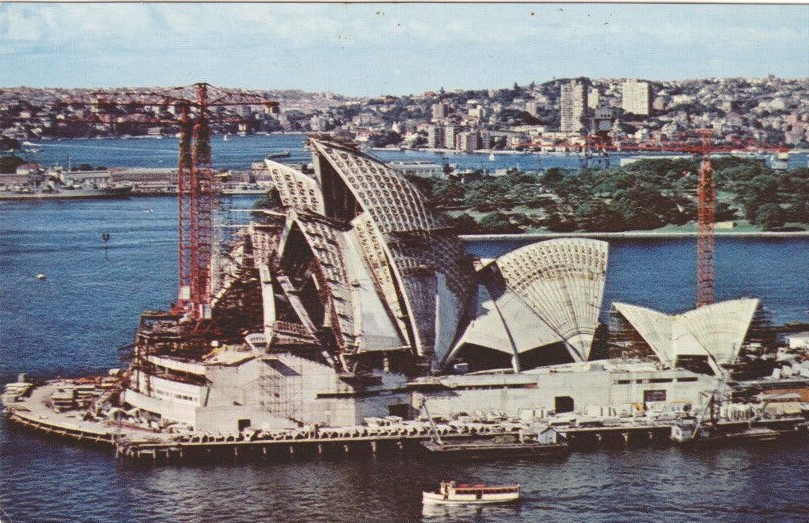
The construction of the Sydney Opera House took 14 years to complete, far longer than the initially planned four years. It was also significantly over budget, costing around $102 million instead of the estimated $7 million. The delays were largely due to the complexity of the design and the need for advanced engineering solutions that hadn’t been developed yet. These challenges highlighted the groundbreaking nature of the project.
Unique Roof Structure
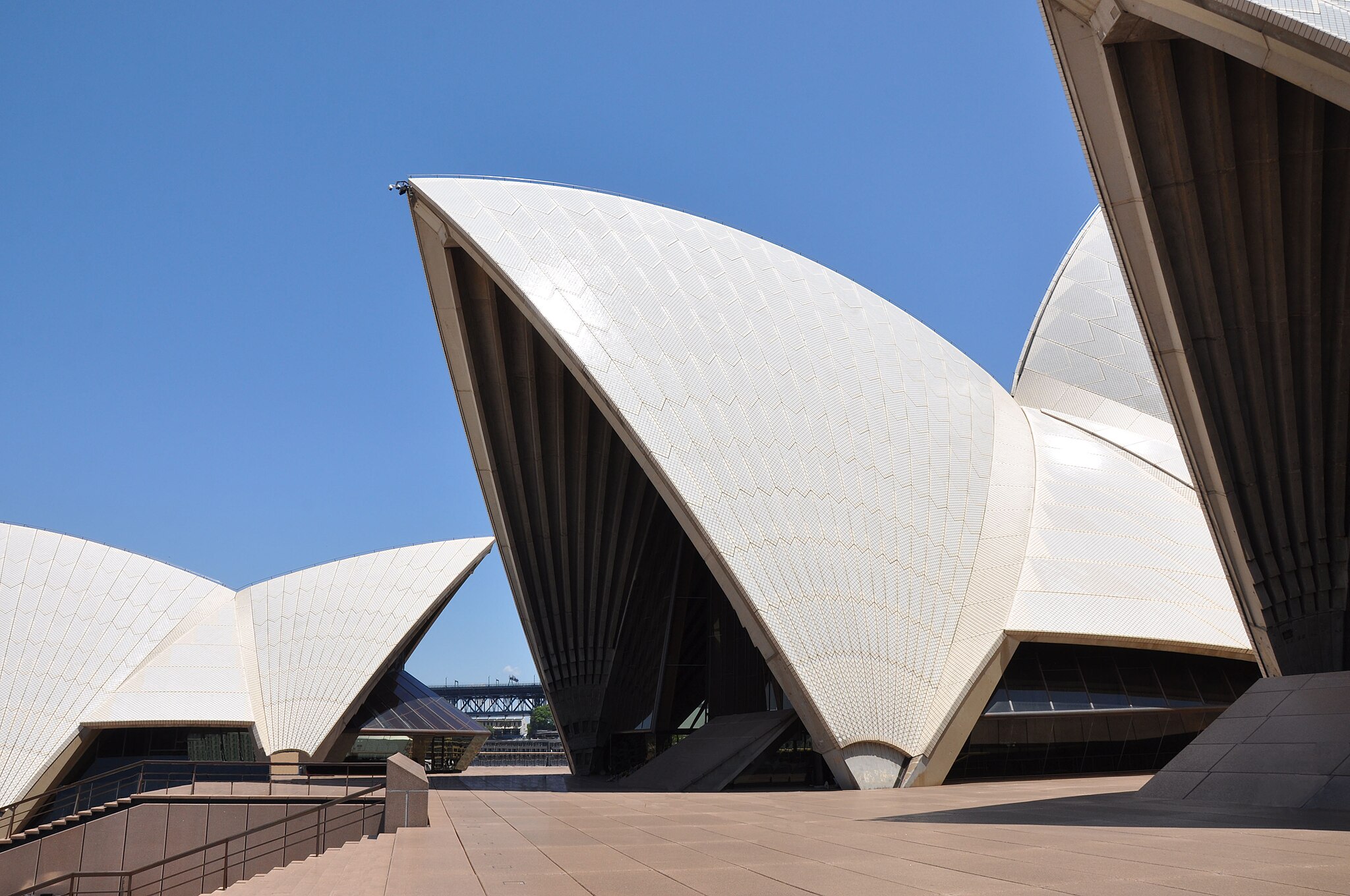
The roof of the Sydney Opera House is made up of 14 concrete shells, which were a world-first in terms of construction techniques. These shells were designed to resemble sails and were initially difficult to engineer due to their unique curvature. Utzon eventually found a solution by creating the shells as sections of a sphere, which allowed for a uniform and efficient construction process. The roof’s design remains one of the most iconic features of the building.
Utzon’s Departure
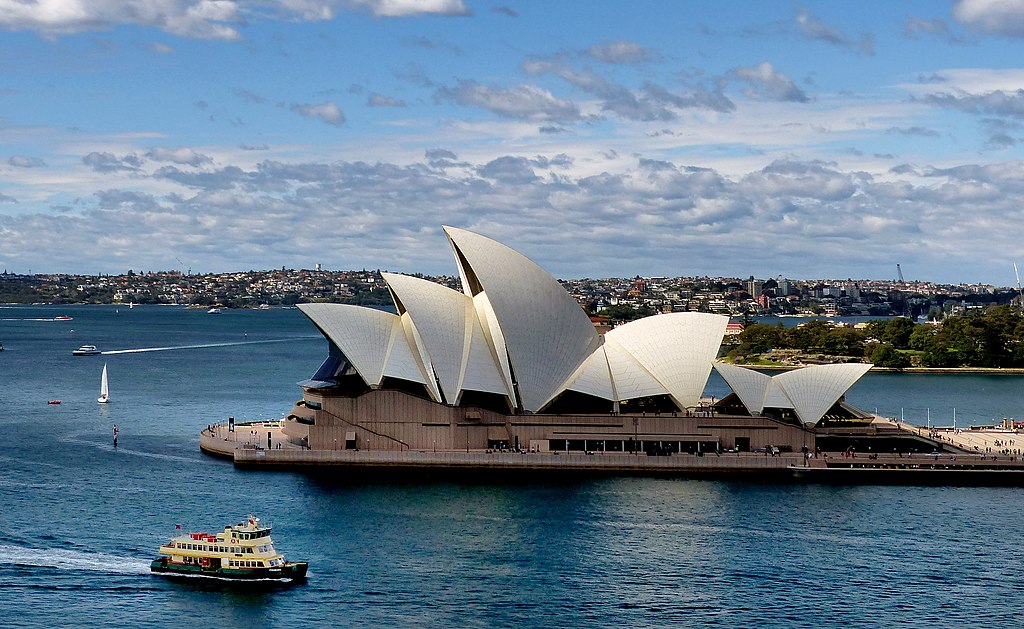
In 1966, Jørn Utzon resigned from the project due to disagreements with the New South Wales government and ongoing budget issues. His departure was a significant blow to the project, as his visionary input was crucial to the design. The remaining work was completed by a team of Australian architects who had to modify some of Utzon’s original plans. Utzon never returned to Australia to see his completed masterpiece.
Acoustic Challenges
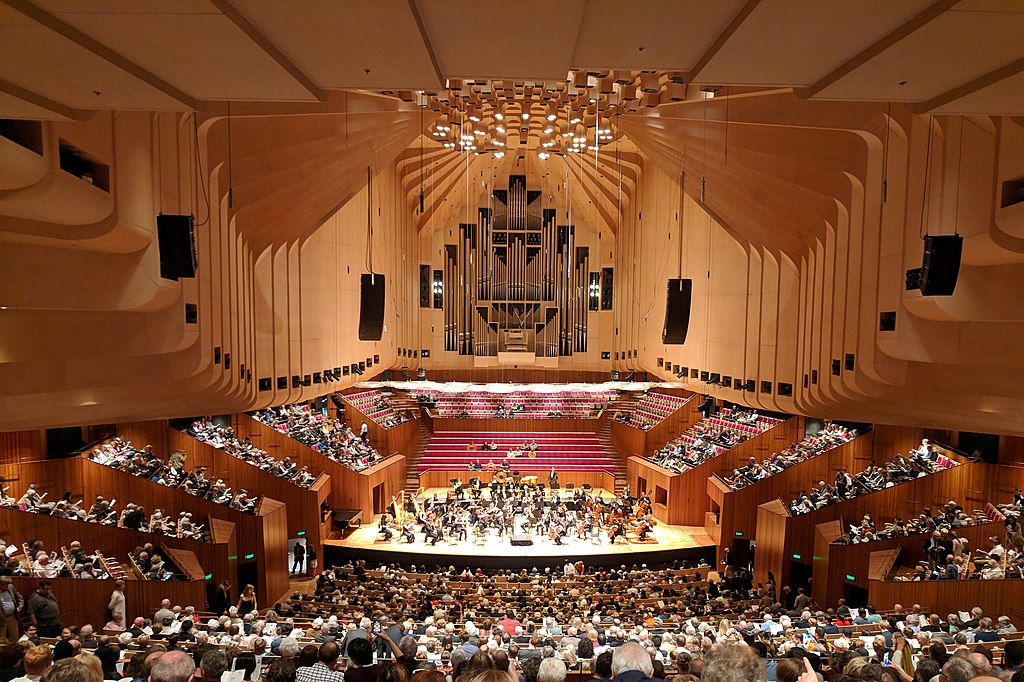
The unique design of the Sydney Opera House presented significant acoustic challenges. The large, open spaces and curved surfaces required innovative acoustic engineering to ensure that sound quality was maintained across the various performance venues. Acoustic consultants were brought in to design custom solutions, including sound-absorbing panels and adjustable ceilings. These efforts helped the Opera House achieve world-class acoustics despite the architectural complexities.
The Monumental Task of Building the Podium
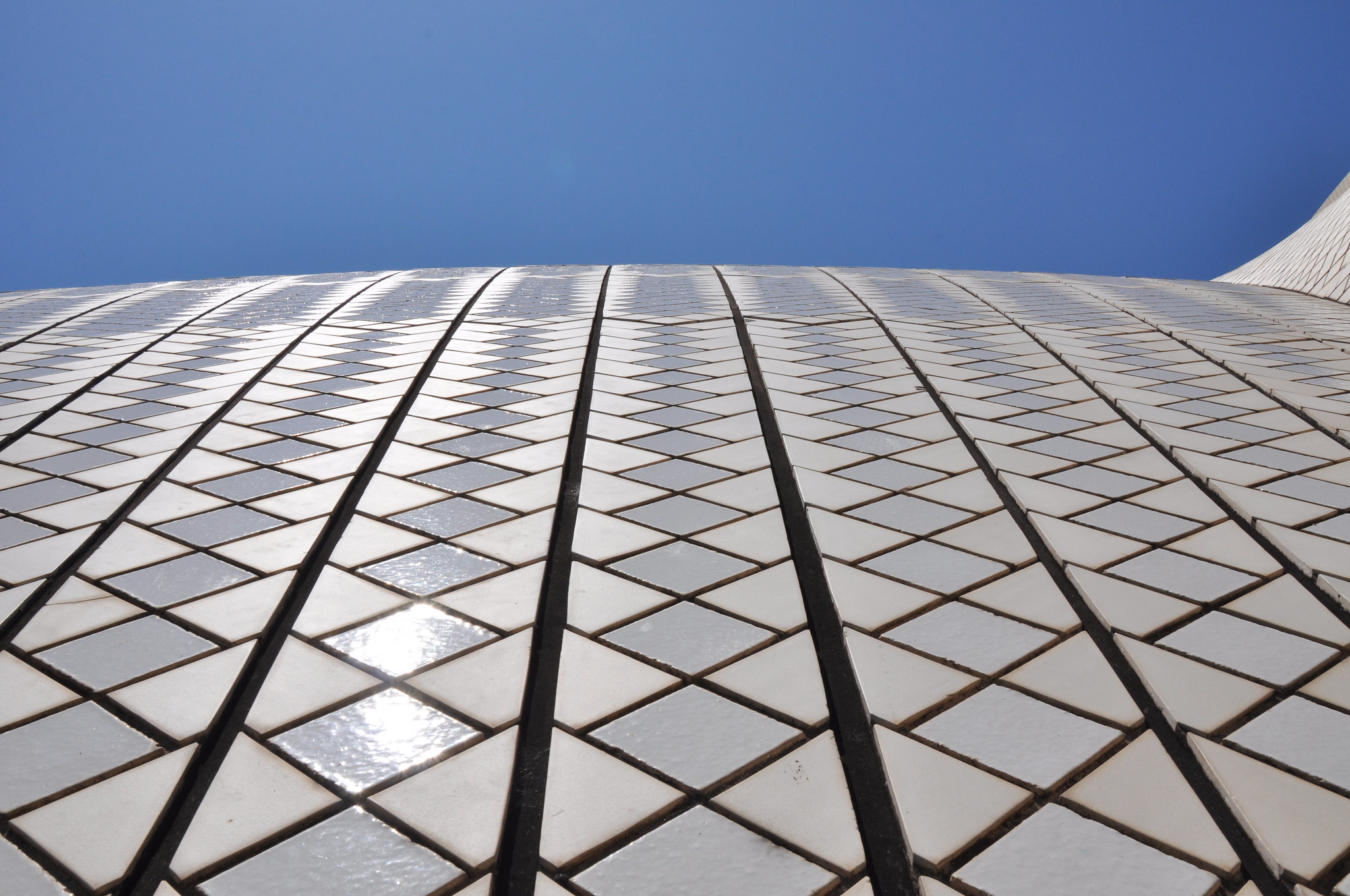
The podium, which supports the shells, was one of the most challenging aspects of the construction. It required an immense amount of concrete, and its design had to be adapted several times to accommodate the structural demands of the roof. The podium’s construction was crucial to the overall stability of the building, and any errors could have jeopardized the entire project. It stands today as a testament to the ingenuity and perseverance of the engineers involved.
International Recognition and UNESCO Status

The Sydney Opera House was recognized internationally even before its completion, earning Utzon the prestigious Pritzker Architecture Prize in 2003. In 2007, the Opera House was designated a UNESCO World Heritage Site, cementing its status as a masterpiece of human creativity. This recognition highlighted the building’s significance not only as an architectural landmark but also as a cultural icon. The Opera House continues to be celebrated globally for its innovative design and lasting impact.
Influence of Natural Forms

Utzon was heavily influenced by natural forms when designing the Opera House, drawing inspiration from elements such as seashells, palm trees, and clouds. These organic shapes are reflected in the building’s sweeping curves and fluid lines. Utzon’s approach was revolutionary, blending modernist architecture with nature in a way that had never been done before. This harmony with the natural environment contributes to the building’s timeless appeal.
Innovative Use of Computer Technology
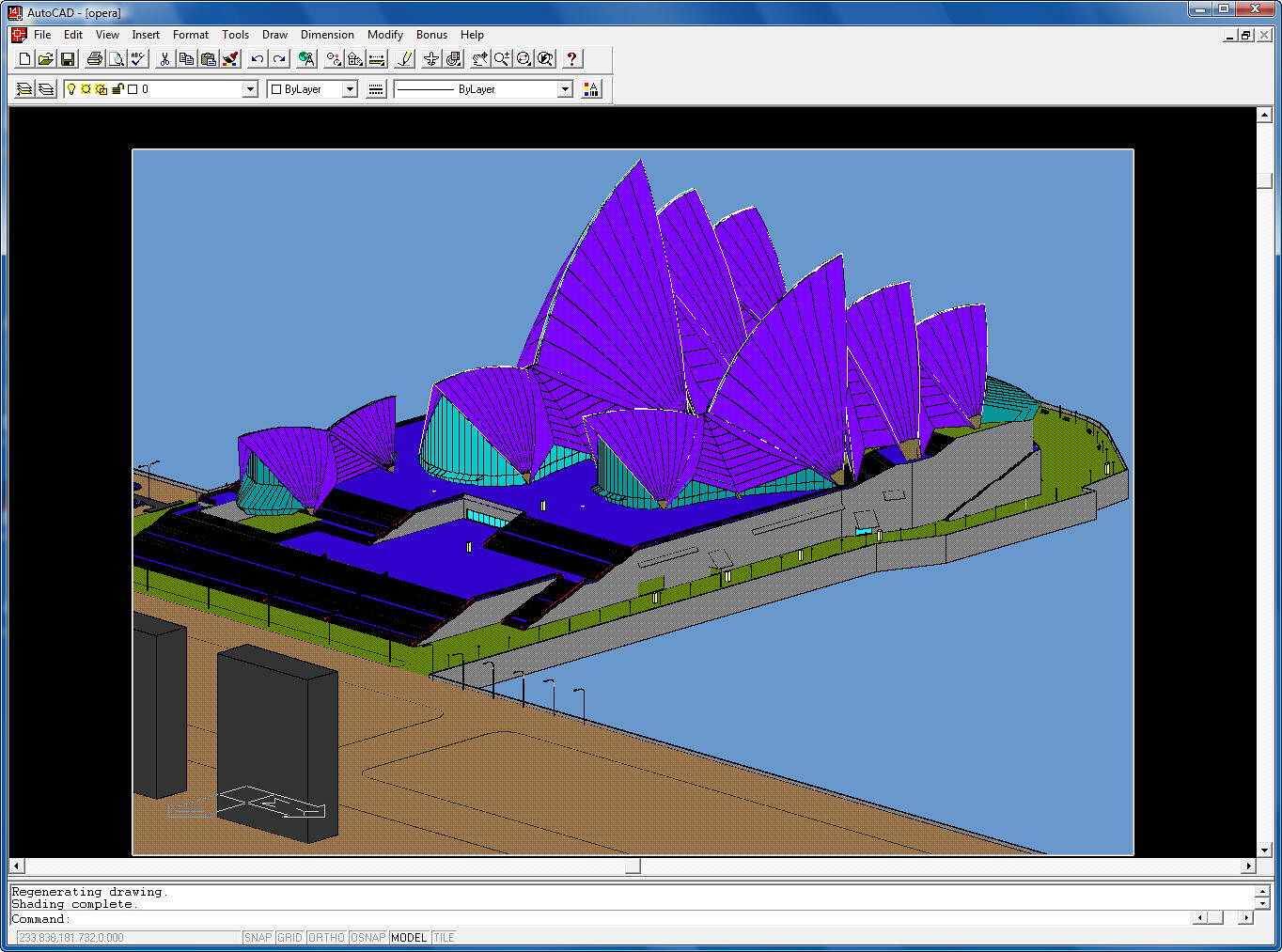
The Sydney Opera House was one of the first major architectural projects to utilize computer technology in its design and construction. Early computers were used to solve the complex geometrical problems presented by the roof’s curvature. This pioneering use of technology was essential in realizing Utzon’s vision and paved the way for future architectural innovations. The project demonstrated how technology could be harnessed to achieve artistic and structural breakthroughs.
Controversial Opening Ceremony
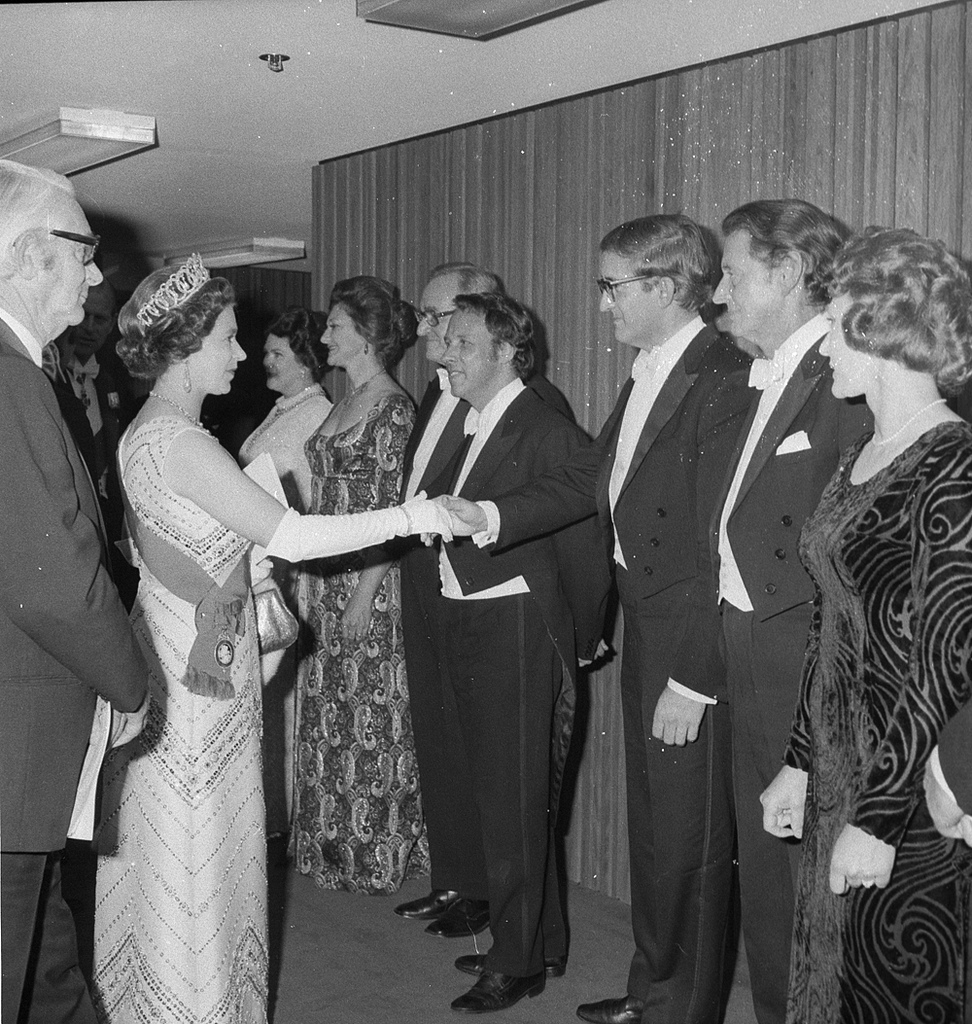
The Sydney Opera House was officially opened by Queen Elizabeth II on October 20, 1973, amid much fanfare. However, the opening ceremony was controversial because Jørn Utzon, the original architect, was not invited. This exclusion was widely criticized and seen as a slight against the man who had created the building’s iconic design. Despite the controversy, the opening marked the beginning of the Opera House’s role as a cultural hub.
The Role of Ove Arup
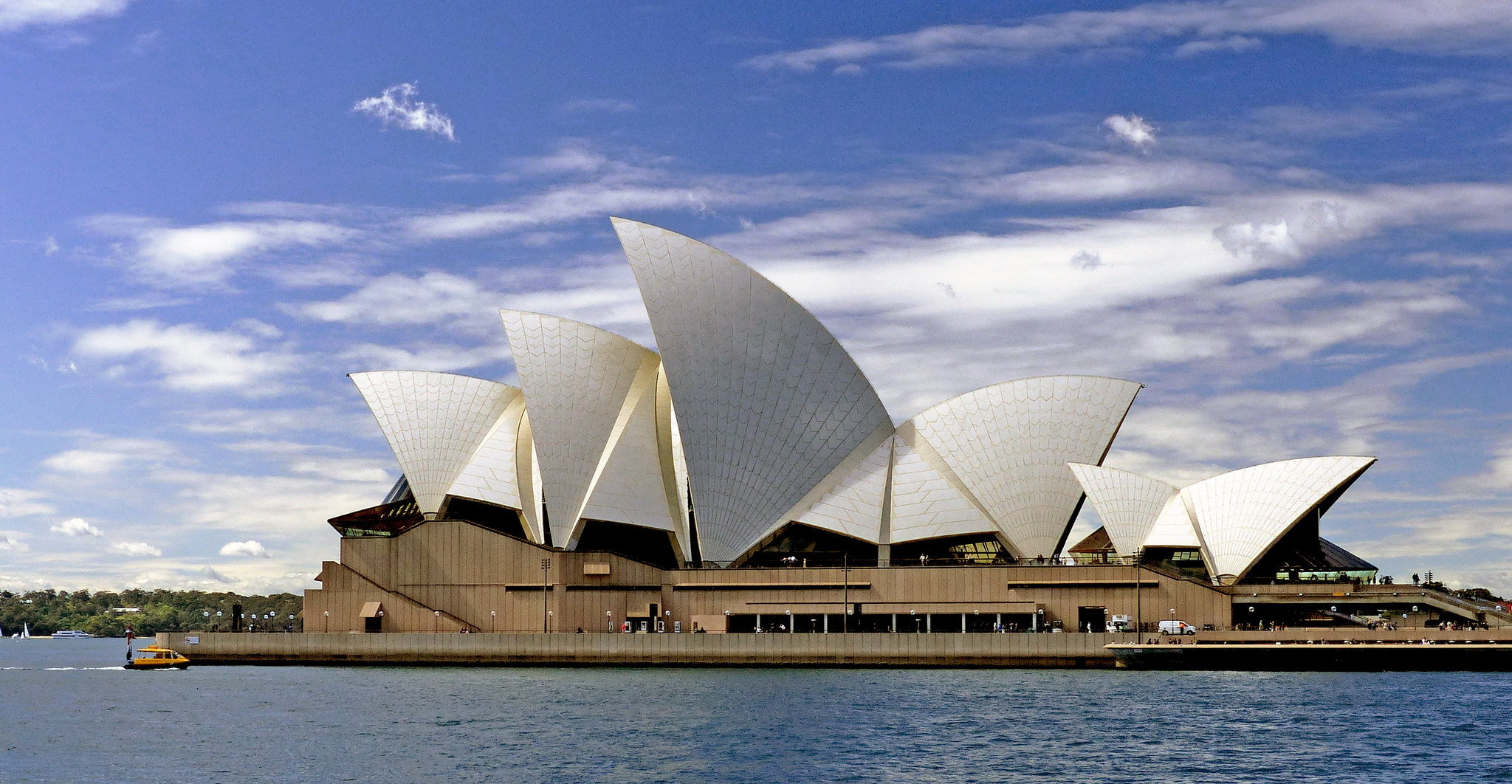
Ove Arup, a British engineer, played a crucial role in bringing the Opera House to life. He was responsible for solving many of the engineering challenges that arose during construction, particularly those related to the roof’s design. Arup’s innovative approach to structural engineering was instrumental in realizing Utzon’s vision. His contributions are often overshadowed by the architectural design, but they were equally vital to the project’s success.
A Building of Many Functions
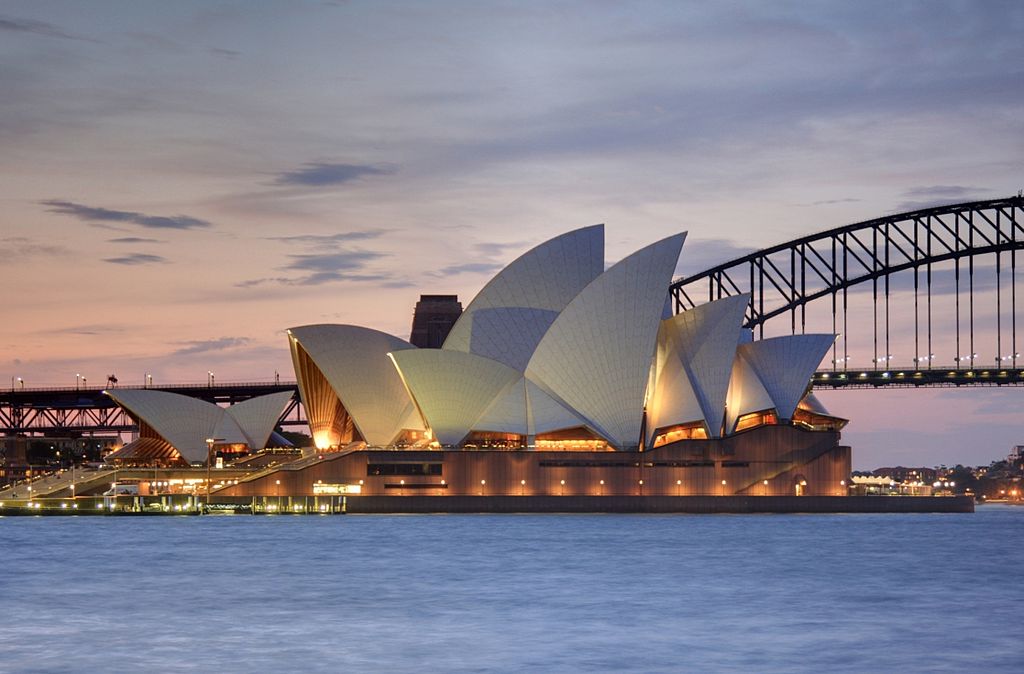
The Sydney Opera House was designed to be a multifunctional performing arts center. It houses multiple venues, including the Concert Hall, the Opera Theatre, and the Drama Theatre, each tailored for specific types of performances. This multifunctionality was a key aspect of Utzon’s design, reflecting his desire to create a space that could accommodate a wide range of cultural activities. The building’s adaptability has ensured its continued relevance and use.
Cultural Significance
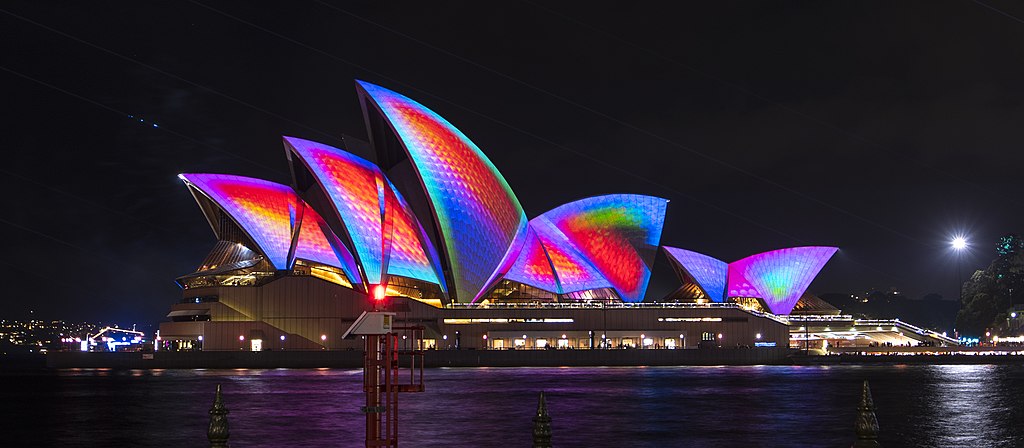
Beyond its architectural and engineering achievements, the Sydney Opera House holds deep cultural significance for Australia. It has become a symbol of the nation’s creativity and ambition, attracting millions of visitors each year. The Opera House is also a major center for the performing arts, hosting countless concerts, operas, and events. Its cultural impact extends far beyond its physical structure, making it an enduring icon of Australian identity.
Restoration and Conservation Efforts
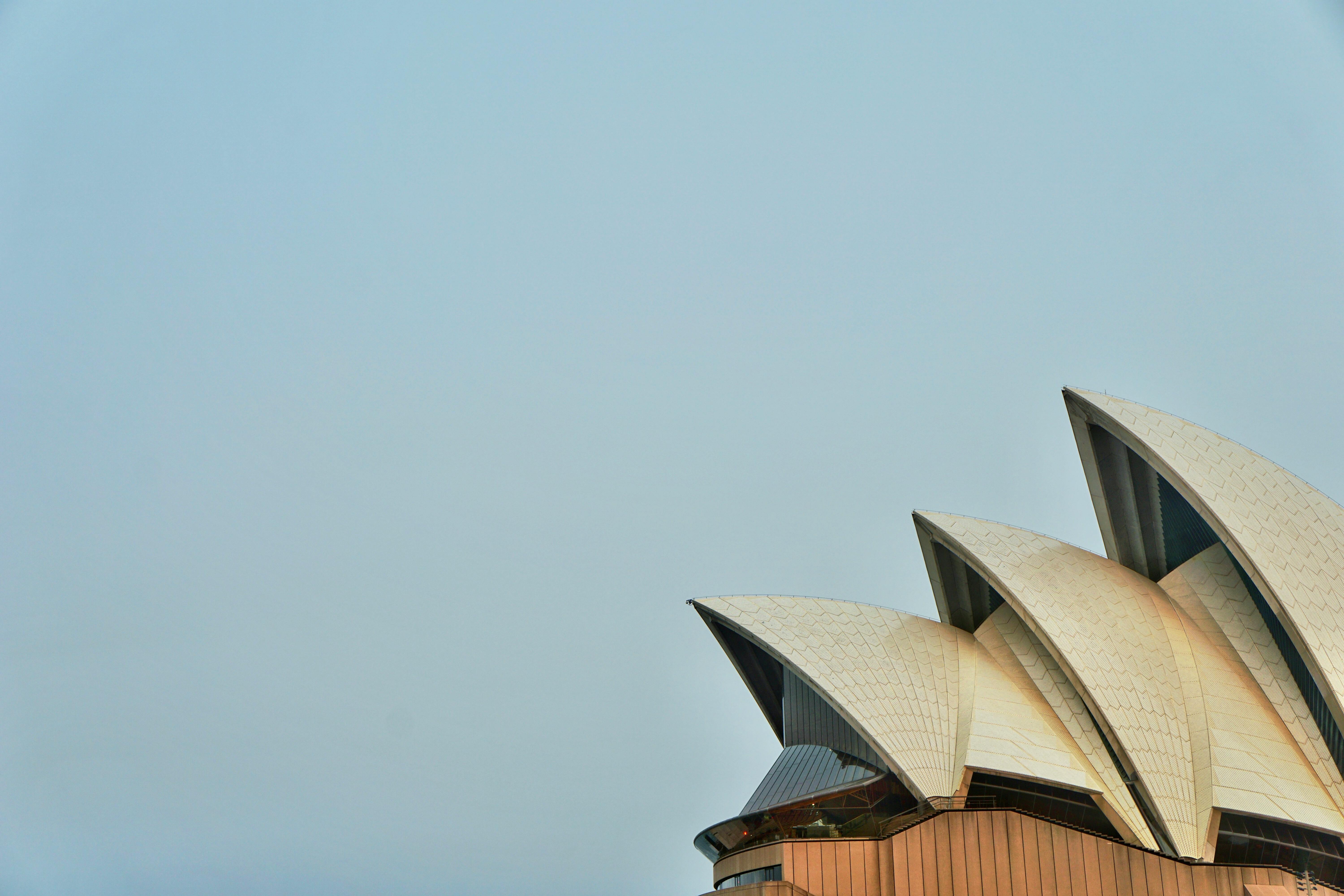
Over the years, the Sydney Opera House has undergone several restoration and conservation efforts to preserve its iconic design. These efforts have included structural repairs, acoustic enhancements, and technological upgrades to ensure the building meets modern standards. The challenge has been to maintain the integrity of Utzon’s original vision while incorporating necessary updates. These conservation efforts are ongoing, reflecting the Opera House’s status as a living landmark.
Lighting the Sails
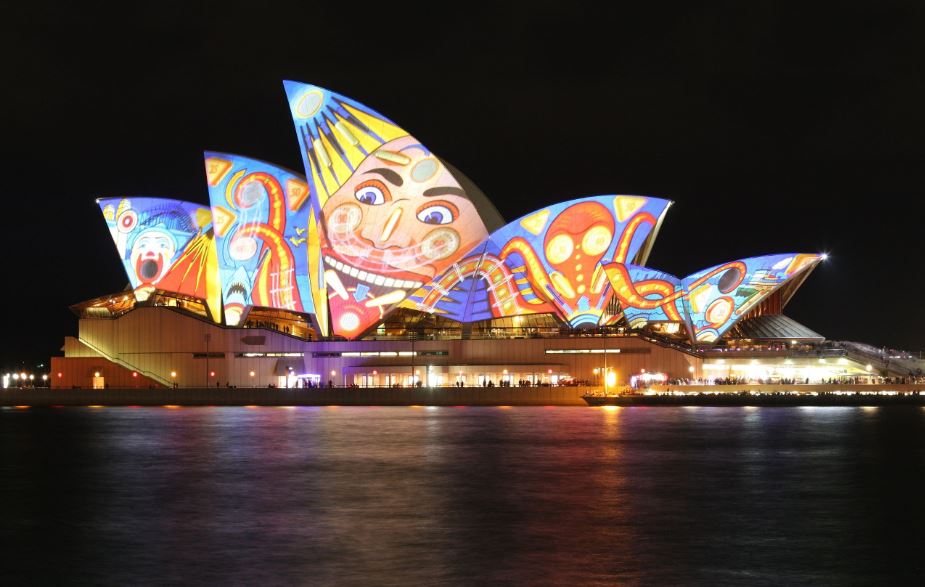
The Opera House’s iconic sails are often illuminated with vibrant light displays during special events and festivals. These displays have become a significant aspect of the building’s identity, transforming it into a canvas for artistic expression. The use of lighting not only enhances the building’s visual appeal but also allows it to engage with contemporary culture in dynamic ways. The sails’ illumination is now a celebrated part of Sydney’s cultural calendar.
The Opera House in Pop Culture
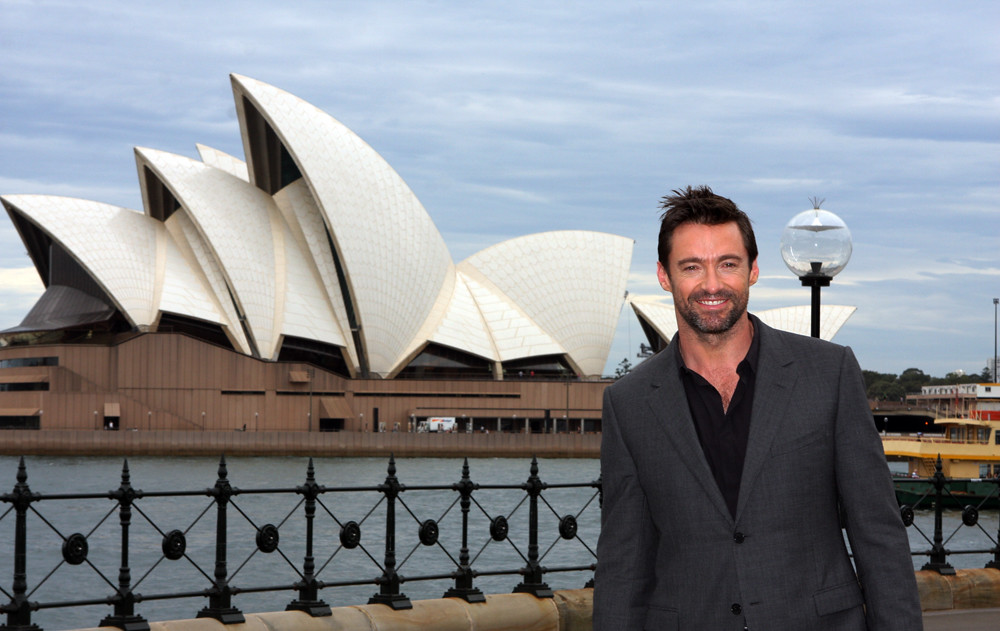
The Sydney Opera House has appeared in numerous films, TV shows, and music videos, solidifying its status as a global icon. Its distinctive silhouette is instantly recognizable and often used to symbolize Australia. This presence in popular culture has contributed to the Opera House’s enduring fame and appeal. Whether in movies or on postcards, the Opera House remains one of the most photographed buildings in the world.
Public and Political Debate
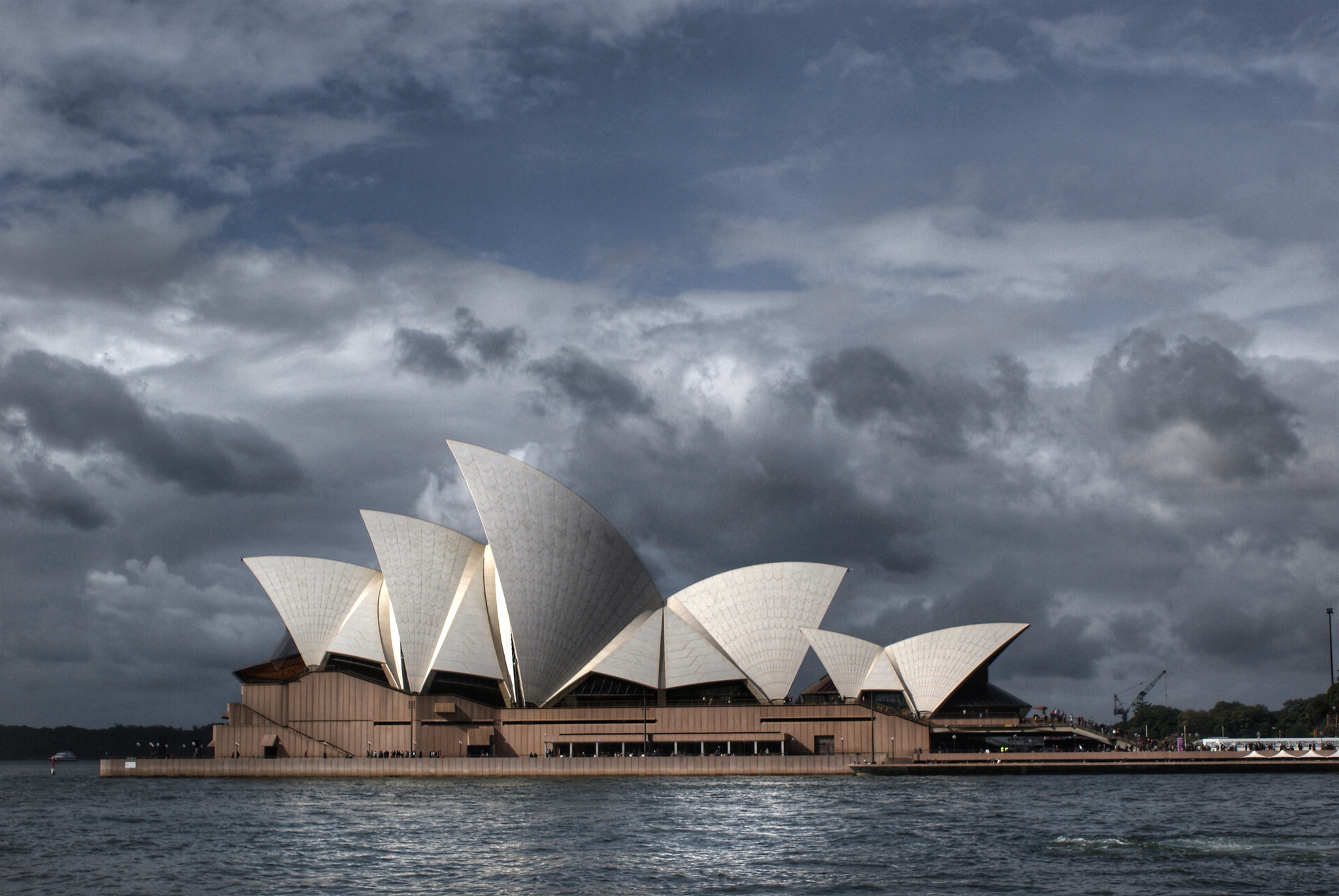
The development of the Sydney Opera House was marked by intense public and political debate. Many Australians initially questioned the building’s cost, design, and practicality, leading to significant controversy. Despite this, the Opera House has since become one of the most beloved and admired structures in the country. The debates that once surrounded its construction are now seen as part of its rich history.
An Ongoing Evolution
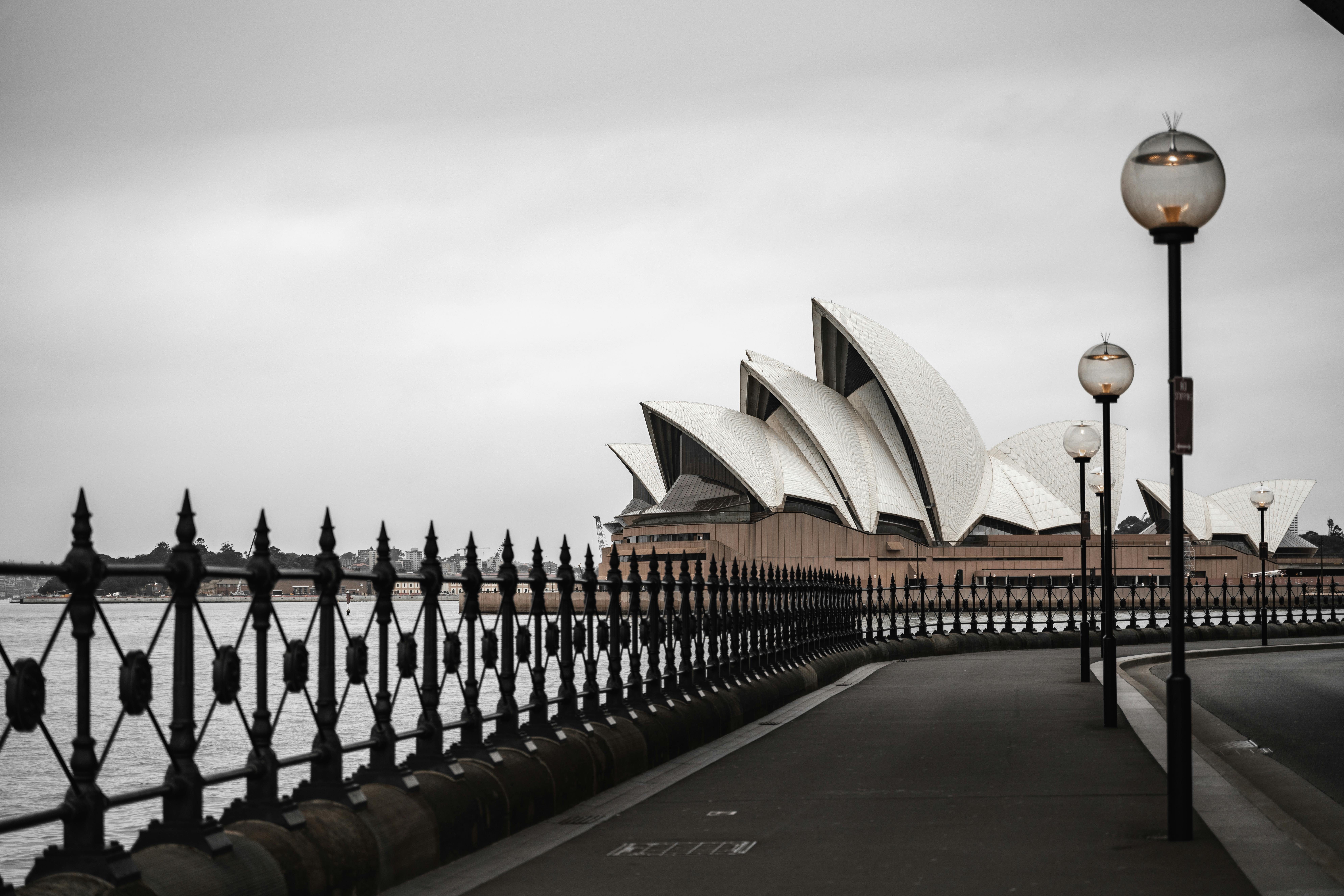
The Sydney Opera House continues to evolve, with new renovations and technological upgrades being implemented to keep the building functional and relevant. These updates are necessary to accommodate modern performance requirements and ensure the Opera House remains a world-class venue. While the building’s exterior remains largely unchanged, its interior has undergone significant transformation over the years. This ongoing evolution reflects the Opera House’s commitment to innovation and excellence.
This article originally appeared on UnifyCosmos.
More from UnifyCosmos
16 Classic Denim Styles Reappearing in Modern Fashion

Denim never really goes out of style, but certain trends fade in and out. Recently, we’ve seen a resurgence of classic denim styles making their way back into modern wardrobes. Read More
10 Bold Lip Liner Trends to Accentuate Your Pout

Lip liner has made a bold comeback, and it’s not just for subtle shaping anymore. From dramatic outlines to creative uses of color, today’s trends are all about making your lips stand out. Read More
18 Home Remedies for Strengthening and Growing Your Nails

Taking care of your nails doesn’t have to involve expensive treatments or products. With a few simple home remedies, you can nourish and strengthen your nails naturally. Read More
Leave a Reply